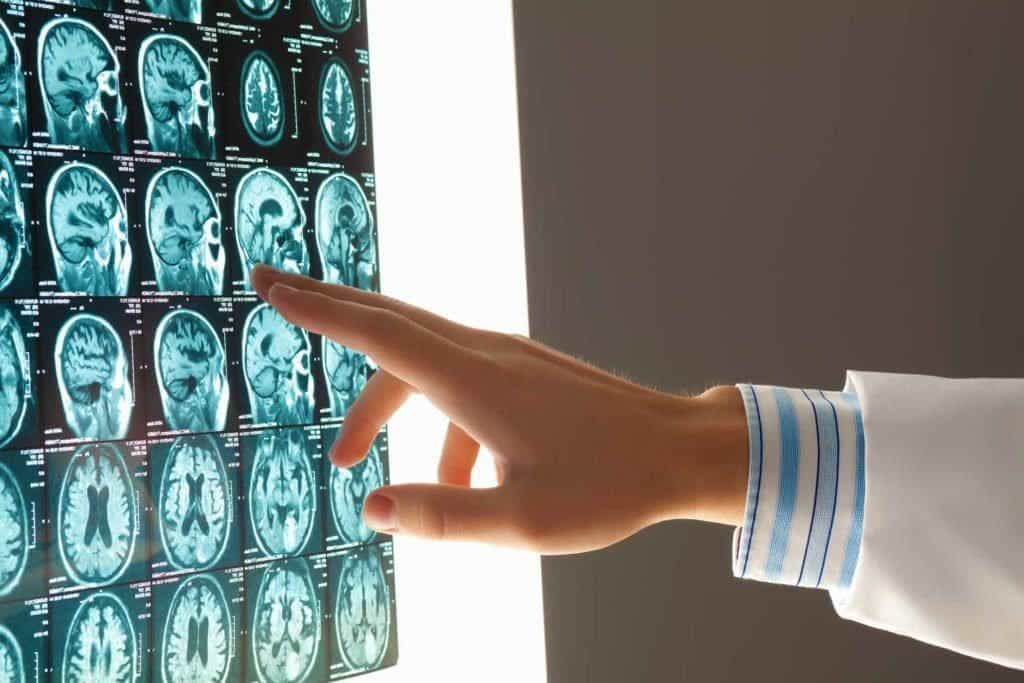Contents:
- Medical Video: Heavy Periods: Causes, Symptoms and Treatment
- Causes of excessive menstruation
- 1. Hormones
- 2. Uterine fibroid tumor
- 3. Cervical polyps
- 4. Endometrial polyps
- 5. Pelvic inflammatory disease (PID)
- 6. Cervical cancer
- 7. Endometrial cancer
- 8. IUD or uterine contraception
- 9. Bleeding disorders
Medical Video: Heavy Periods: Causes, Symptoms and Treatment
Excessive menstruation aka menorrhagia is the most common type of abnormal bleeding from the uterus. Menstruation is considered severe if you have to wear pads or tampons every hour or every few hours in a row. Other symptoms of excessive menstruation can include: nighttime bleeding that awakens you to replace sanitary napkins or tampons; presence of large blood clots during menstruation; menstruation lasts more than seven days; and in severe cases, menstruation can interfere with sleep and daily activities. Blood loss from excessive menstruation can cause anemia, as well as symptoms such as fatigue and shortness of breath.
Causes of excessive menstruation
1. Hormones
Hormonal imbalances during adolescence or near menopause are the most common causes of bleeding due to excessive menstruation. During adolescence, after women experience their first menstruation and a few years before menopause, our hormone levels fluctuate, so often cause excessive uterine bleeding during menstruation. Menorrhagia caused by hormonal imbalances can be treated using birth control pills or other hormones.
2. Uterine fibroid tumor
It is very important to understand that fibroid tumors are usually benign (non-cancerous) tumors. These tumors often occur in the womb in women in their 30s or 40s. The cause of uterine fibroid tumors is unclear, but it is known to be related to the hormone estrogen. Several surgical treatments are available for this case, such as endometrial ablation, uterine artery embolization, uterine balloon therapy, and hysterectomy. Non-surgical treatments include GnRH agonists and oral contraceptives. Some women find that natural progesterone can be an effective treatment. If the symptoms are not severe, usually the tumor will continue to shrink and disappear without using treatment after menopause occurs.
3. Cervical polyps
This is a small and fragile growth that appears on the mucosal surface of the cervix or endocervical canal, and protrudes through the opening of the cervix. The cause of cervical polyps is unclear, but this can occur due to infection and is associated with an abnormal response to increased estrogen levels, or buildup in the cervical arteries. Women who are most often affected by cervical polyps are women over the age of 20 who have children.
4. Endometrial polyps
This is usually non-cancerous growth, which protrudes from the uterine wall. The cause of endometrial polyps is unclear, although it is often associated with excess estrogen after hormone treatment, or even with some types of ovarian tumors. Treatment for endomentric polyps including hysteroscopy and D & C.
5. Pelvic inflammatory disease (PID)
This is a disease when one or more organs have been infected and affect the uterus, fallopian tubes and cervix. PID is often a sexually transmitted infection, but is sometimes associated with labor, abortion, or other gynecological procedures. The recommended treatment for this disease is antibiotic therapy.
6. Cervical cancer
This is a type of cancer that occurs when cells in the cervix become abnormal, grow twice without control, and damage healthy body parts. Human papillomavirus (HPV) is the cause of about 90% of all cervical cancers. Treatment for cervical cancer includes surgery, chemotherapy, and radiation therapy.
7. Endometrial cancer
This cancer occurs when abnormal cells in the uterus or endometrium are out of control, and damage the uterus and other organs. Although the cause of endometrial cancer is unknown, women who are diagnosed with this cancer tend to have endometrial hyperplasia or do hormone replacement therapy (HRT). The first treatment for endometrial cancer is usually a hysterectomy, which is likely to be followed by chemotherapy and / or radiation.
8. IUD or uterine contraception
The IUD used for contraception is a potential cause of excessive menstrual bleeding. Women who experience menorrhagia due to using an IUD can be treated by removing the uterine contraceptive device and replacing it with another alternative method for birth control.
9. Bleeding disorders
This is a condition when a person has difficulty stopping bleeding. Although there are several types of bleeding disorders, the most common type in women is the Willwbrand Disease (VWD). Treatment for VWD involves the release of clotting factors stored in the blood, or in extreme cases, replacing the clotting factor with IV treatment or with a predetermined nasal spray.
READ ALSO:
- Why Do Breast Pain and Enlargement Ahead of Menstruation?
- 6 Ways to Overcome Stomach Cramps and Menstrual Pain During Menstruation
- Why Is My Menstruation Irregular?












